CIPD Level 5: Evaluating L&D in the Knowledge Economy Presentation
VerifiedAdded on 2022/11/27
|27
|2410
|215
Presentation
AI Summary
This presentation delves into the critical aspects of evaluating Learning and Development (L&D) within the context of a knowledge economy. It begins by defining evaluation and its various types, including formative, summative, process, outcomes, and impact evaluations, alongside outlining several purposes such as adequacy assessment. The presentation then explores how evaluation integrates into L&D processes and systems, emphasizing the importance of learning transfer. It further contrasts three evaluation theories: the objectives-based approach versus the naturalistic approach, the educational connoisseurship model, and the metrics-based model (Kirkpatrick's Four Levels). Key steps in the evaluation process, data sources, and methods of analysis are examined, followed by a discussion of challenges in evaluating L&D, such as funding and expertise limitations. The presentation concludes by highlighting the characteristics of a knowledge economy, implications for evaluating L&D activities, and the role of intellectual capital, including intellectual capital accounting.
1 out of 27
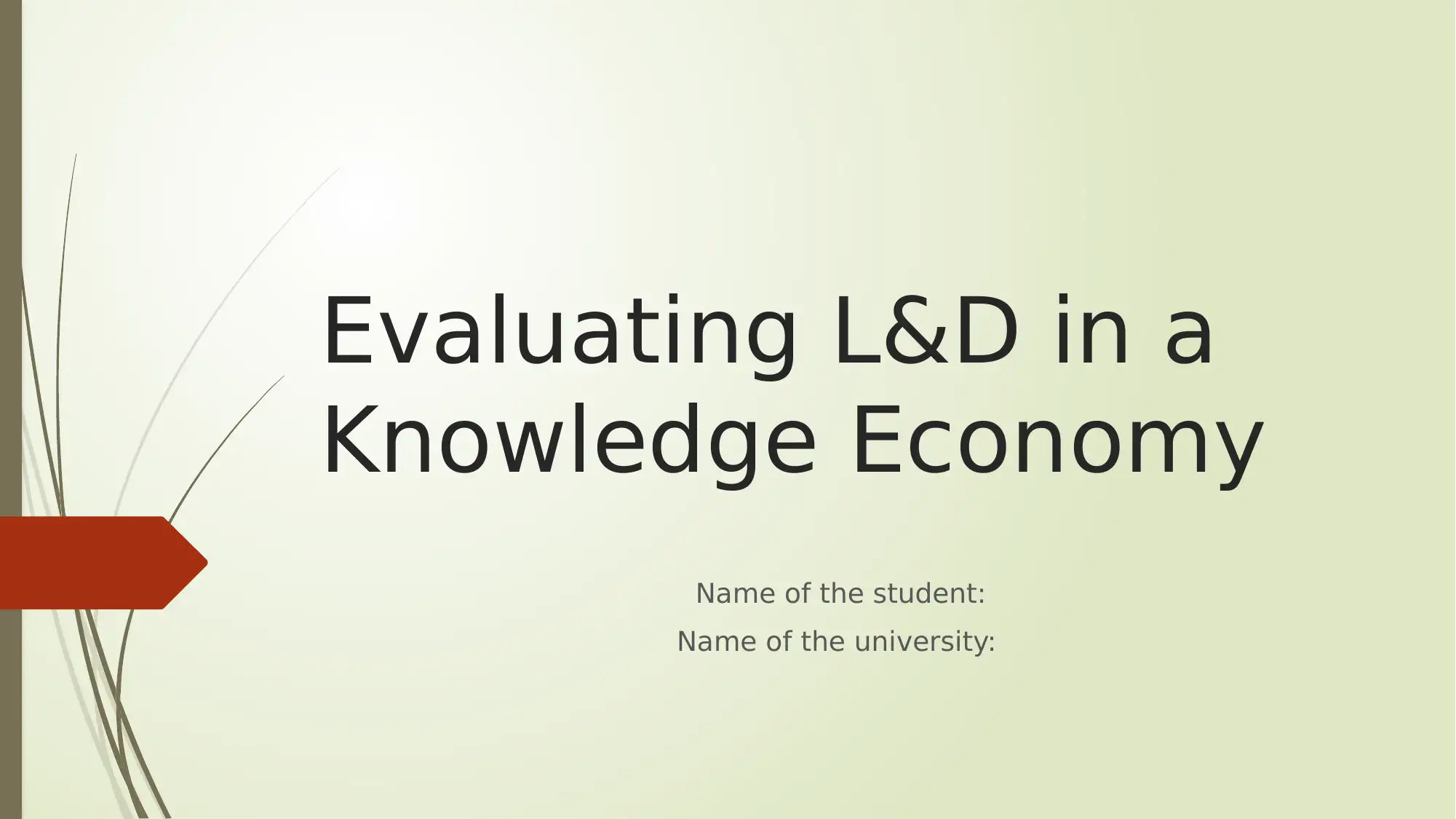
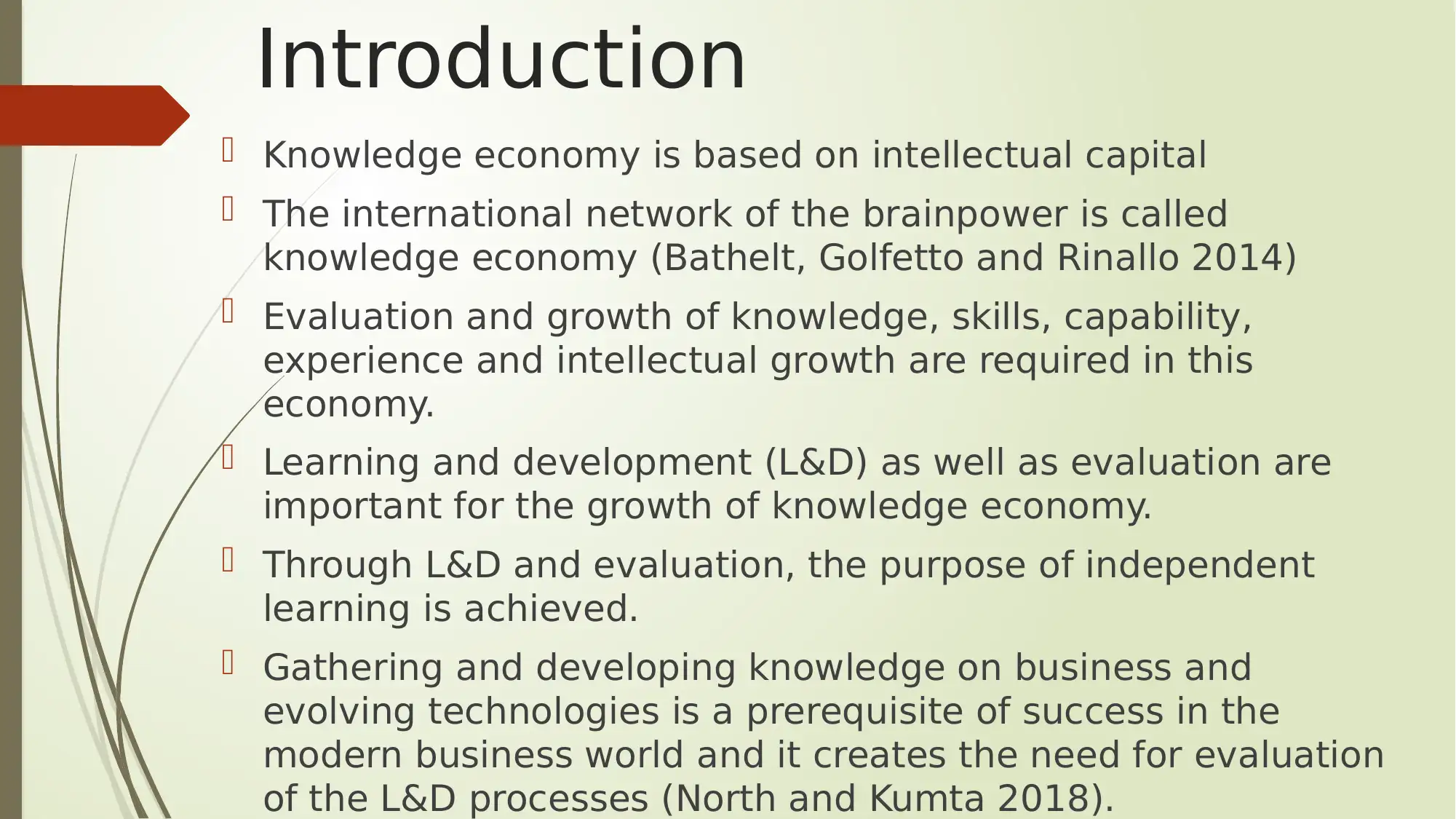
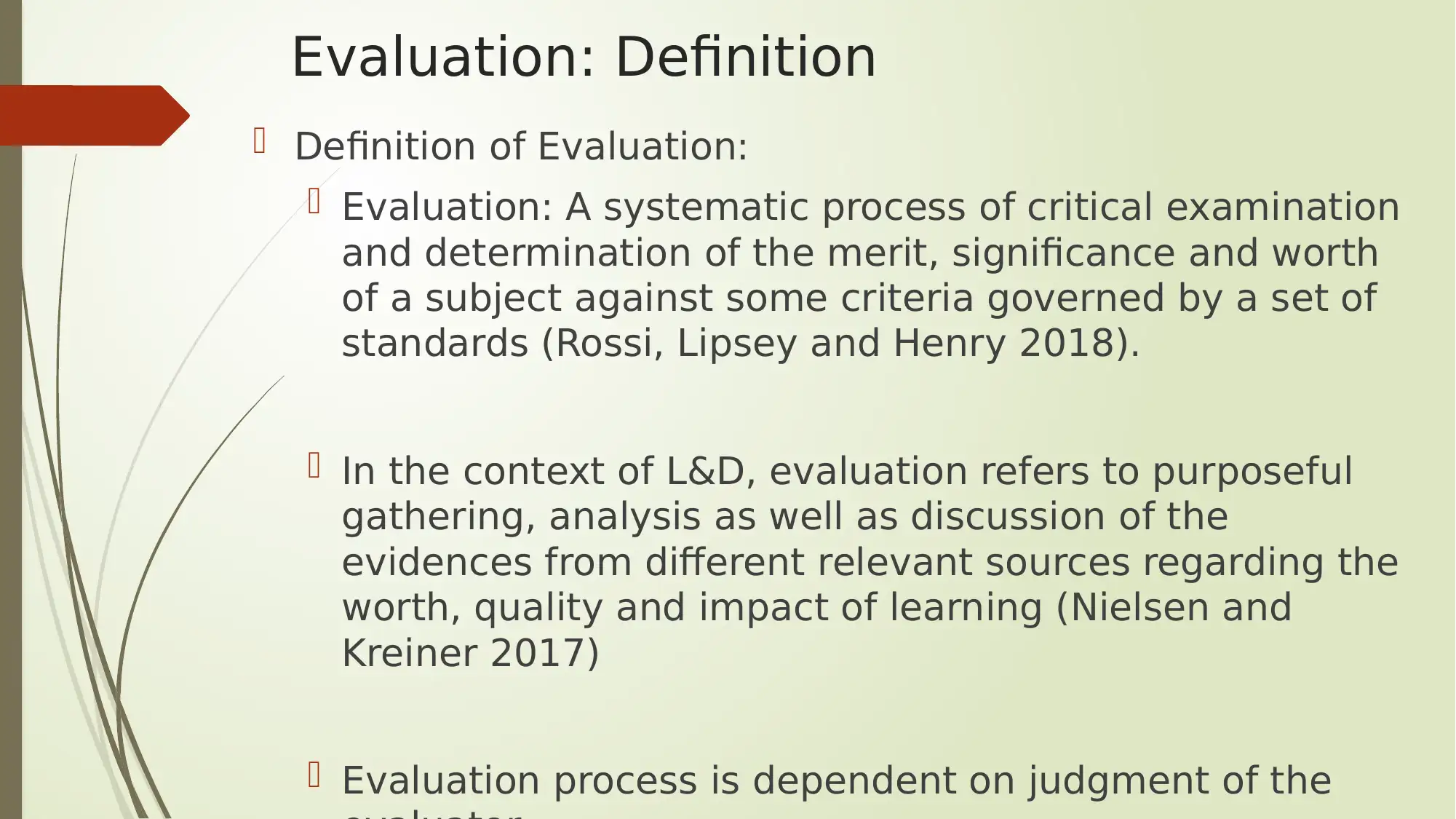

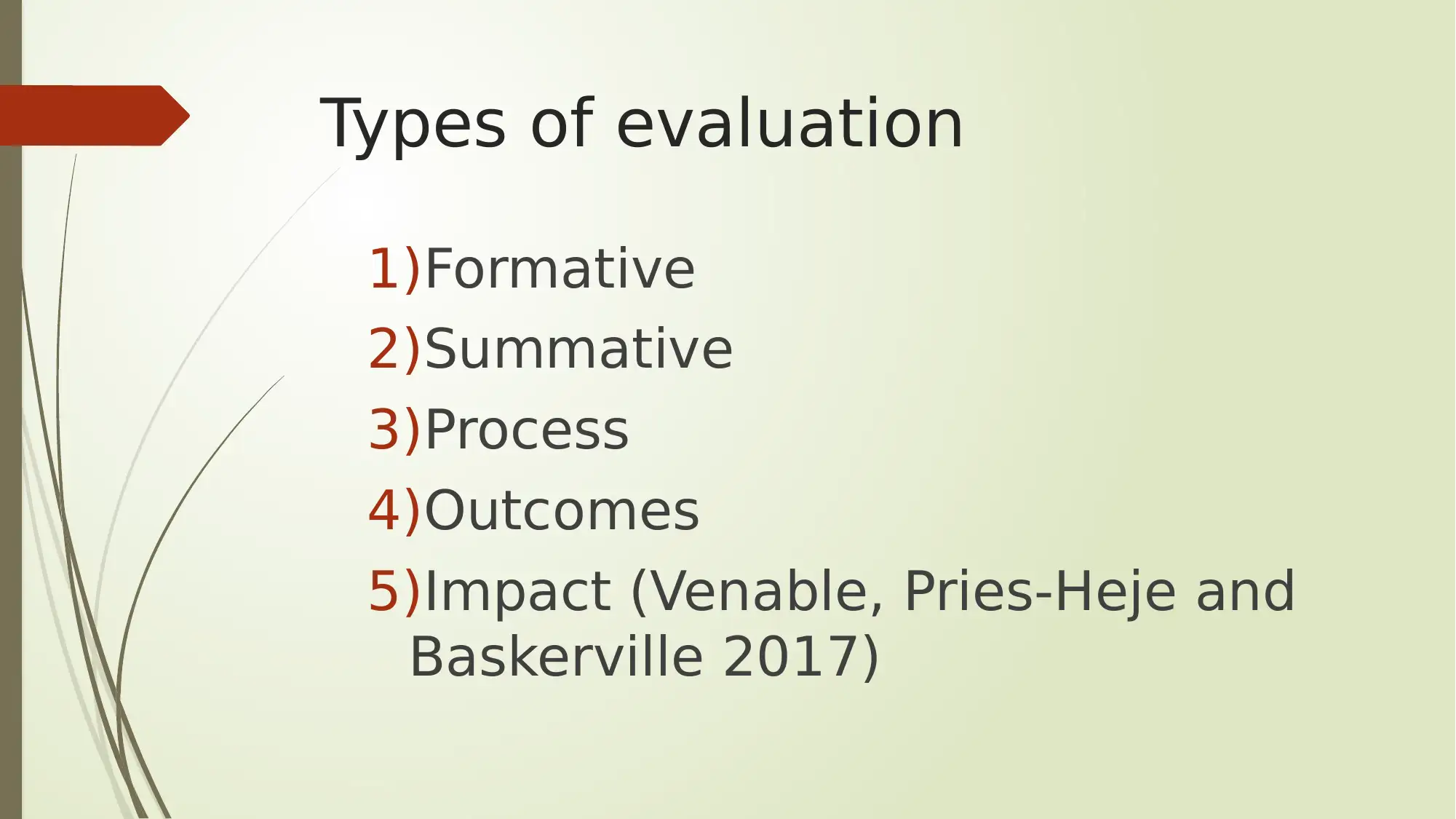
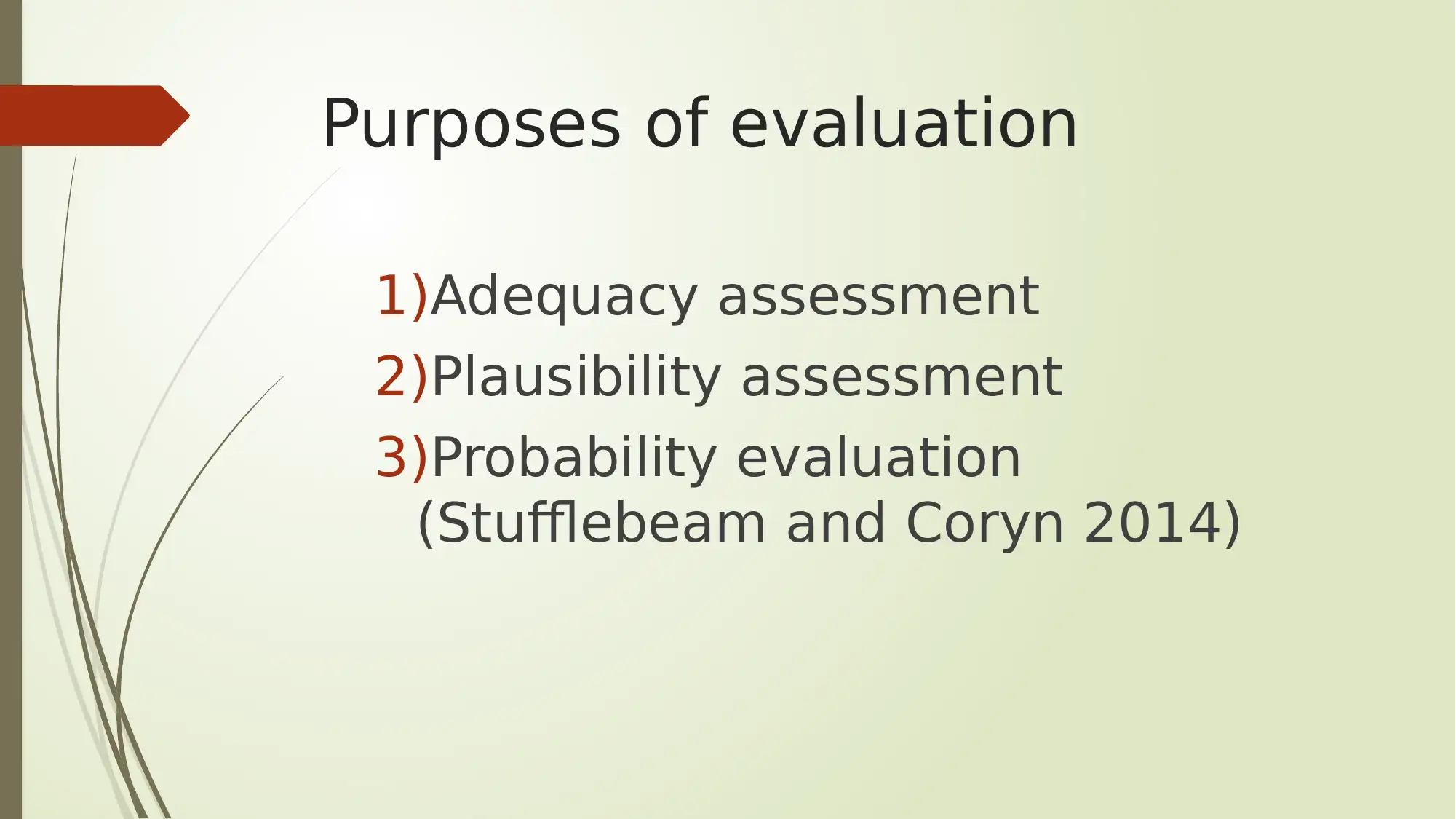
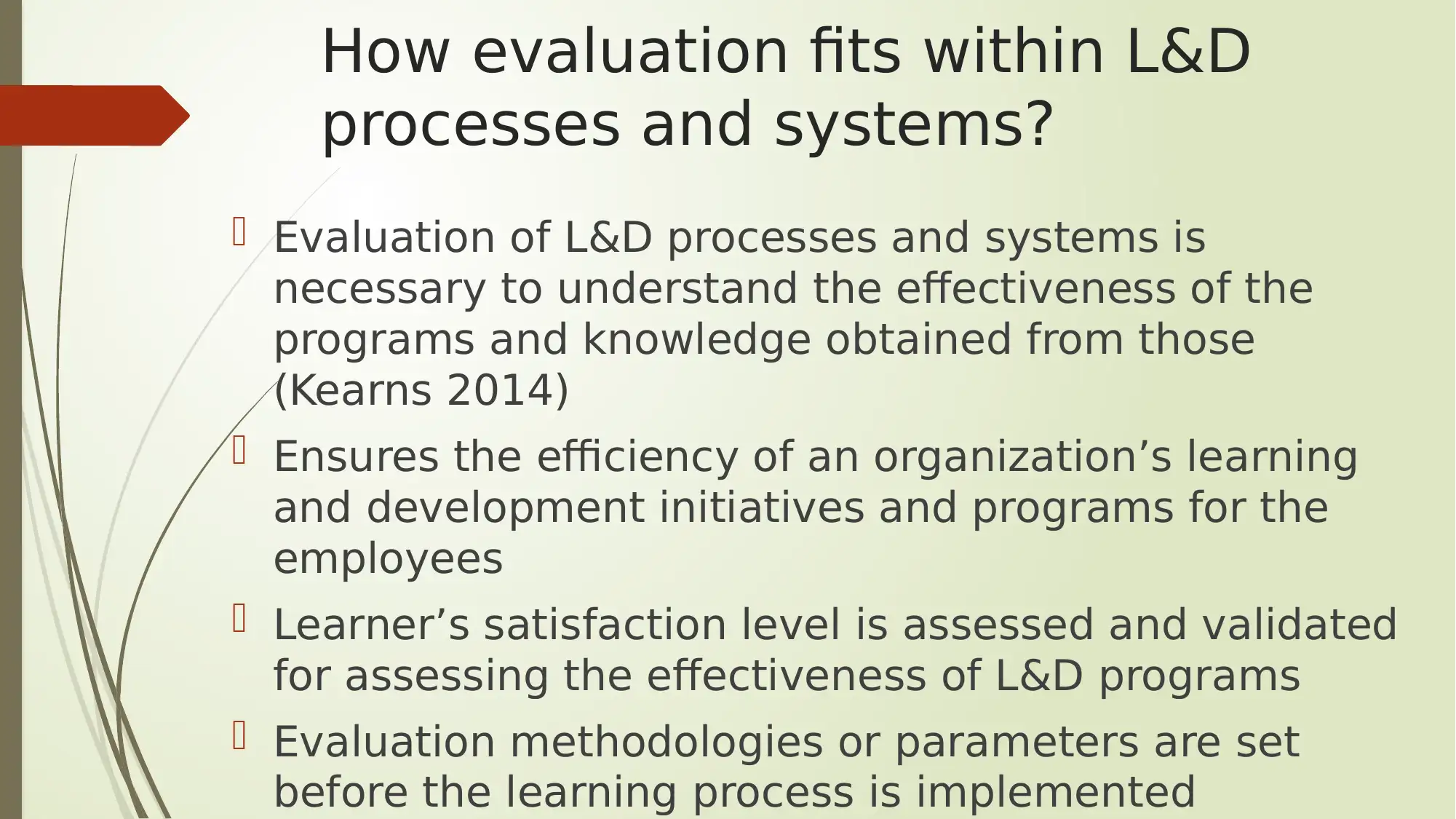
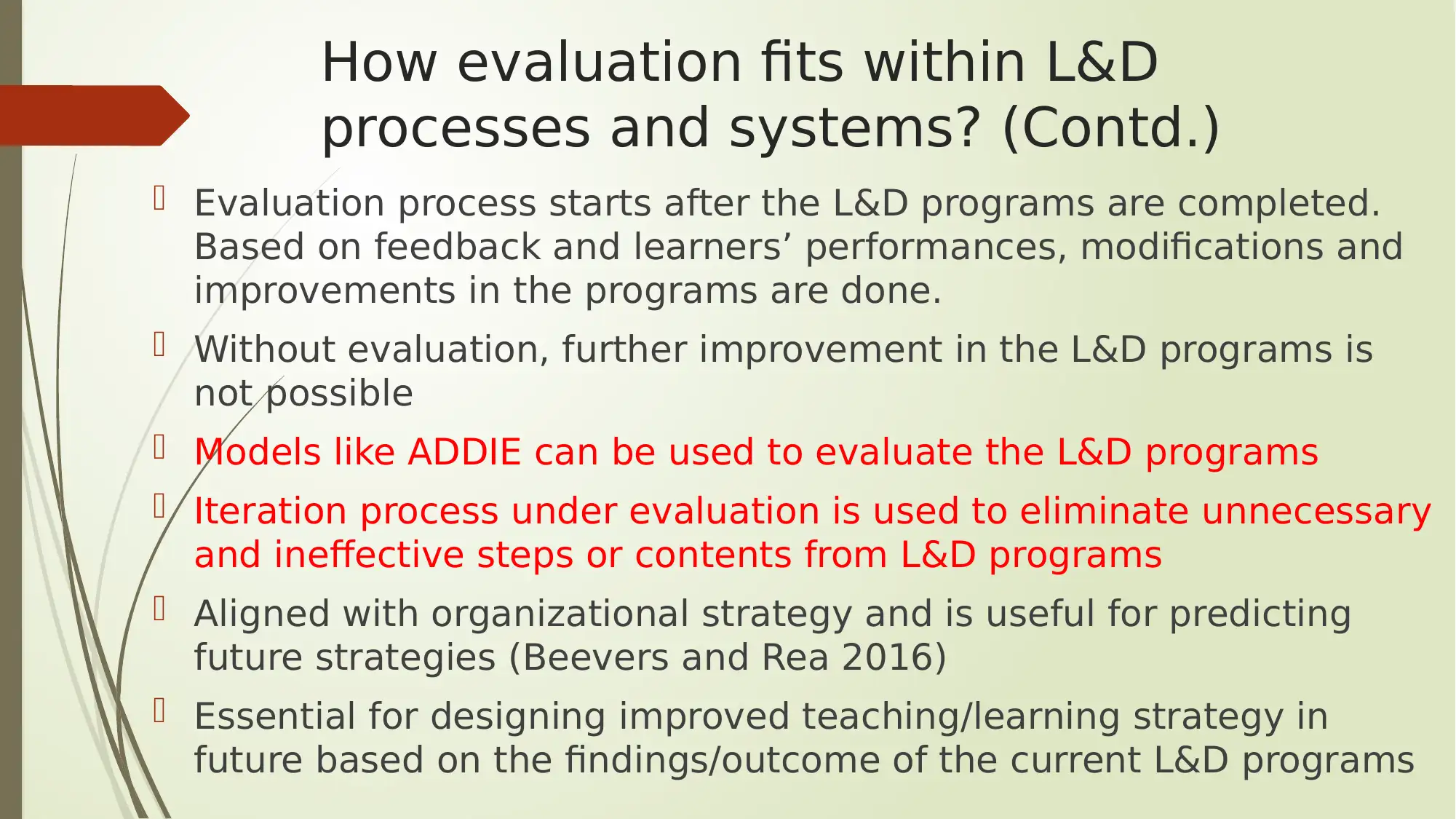
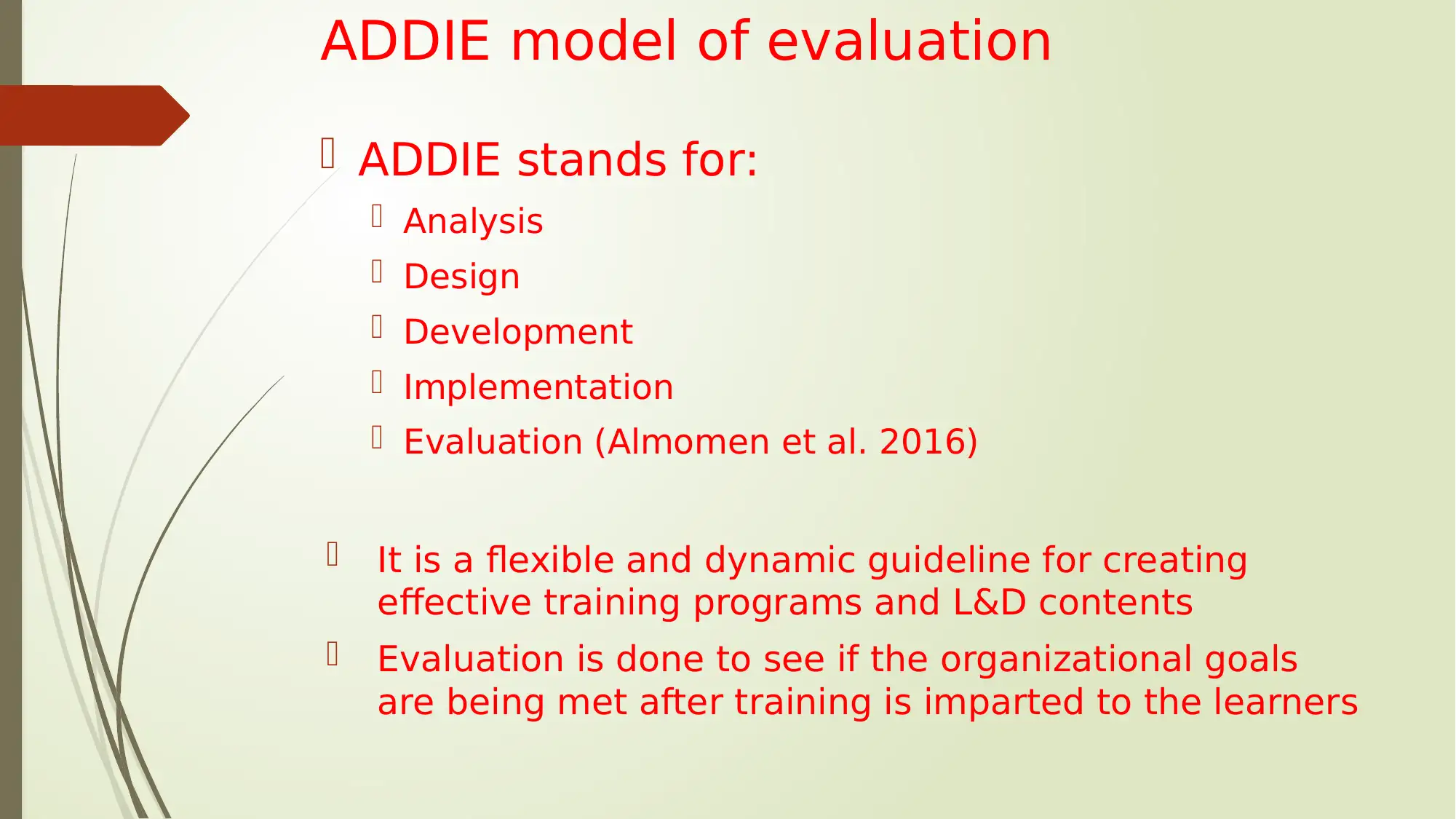
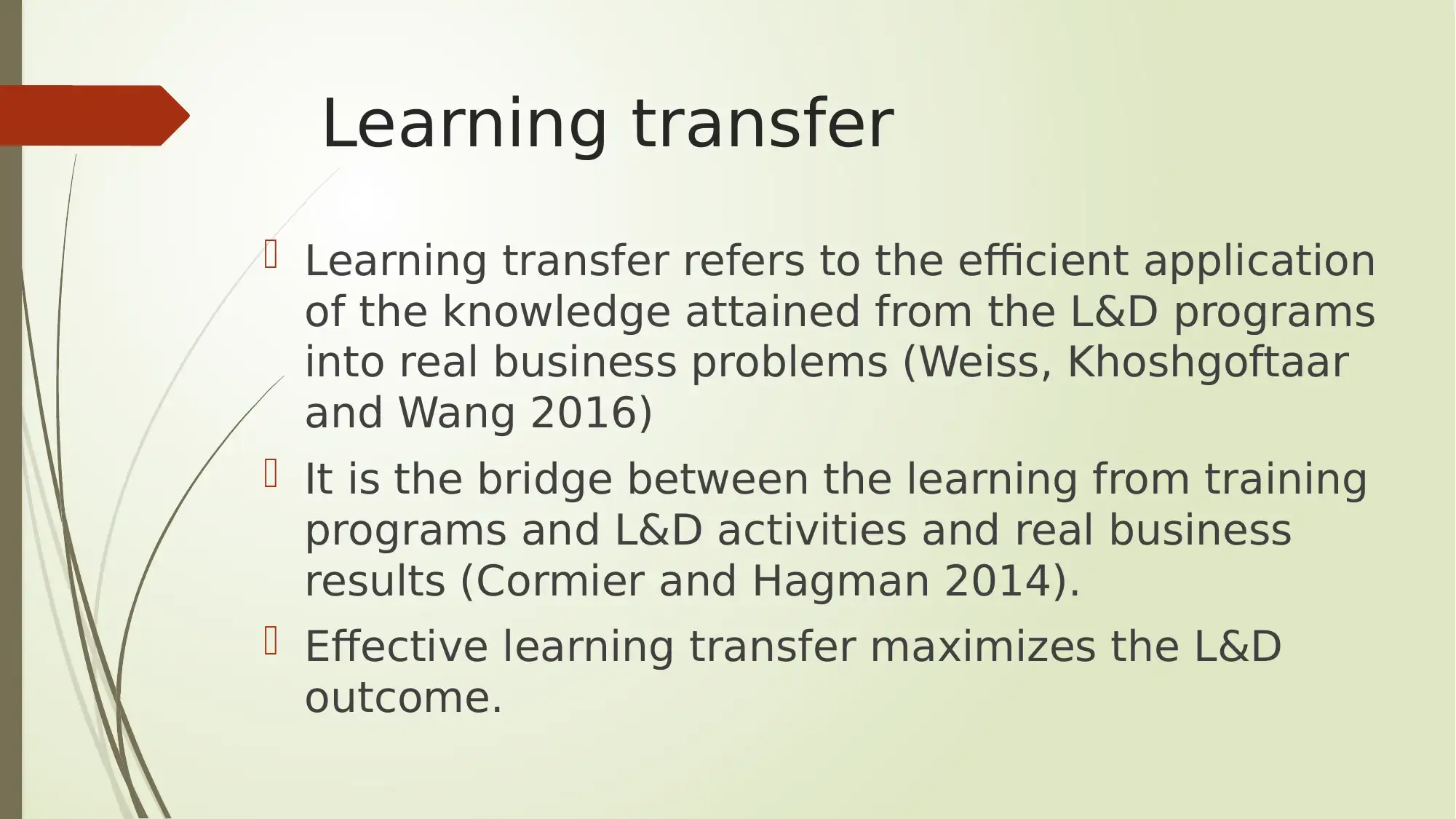
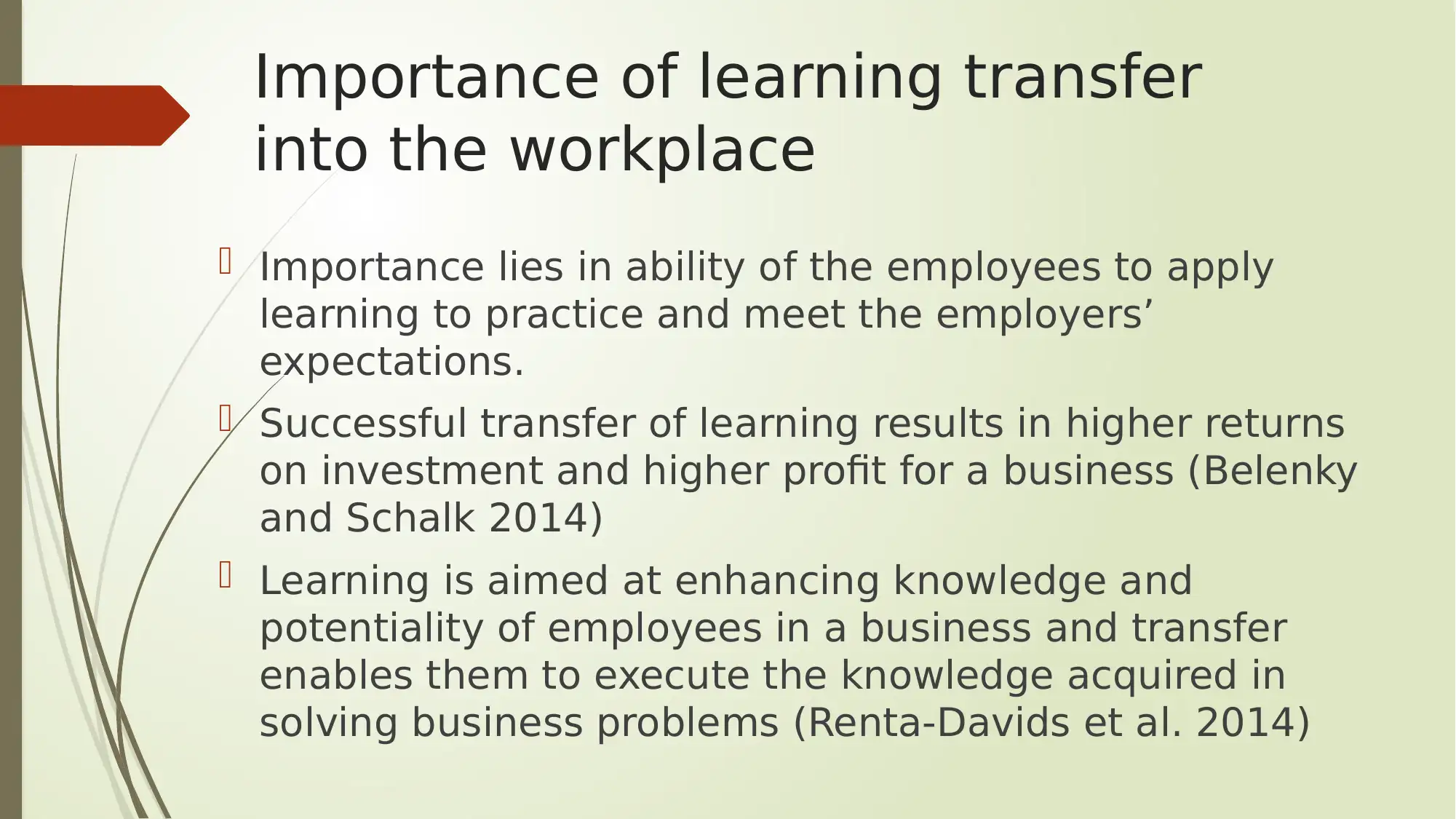
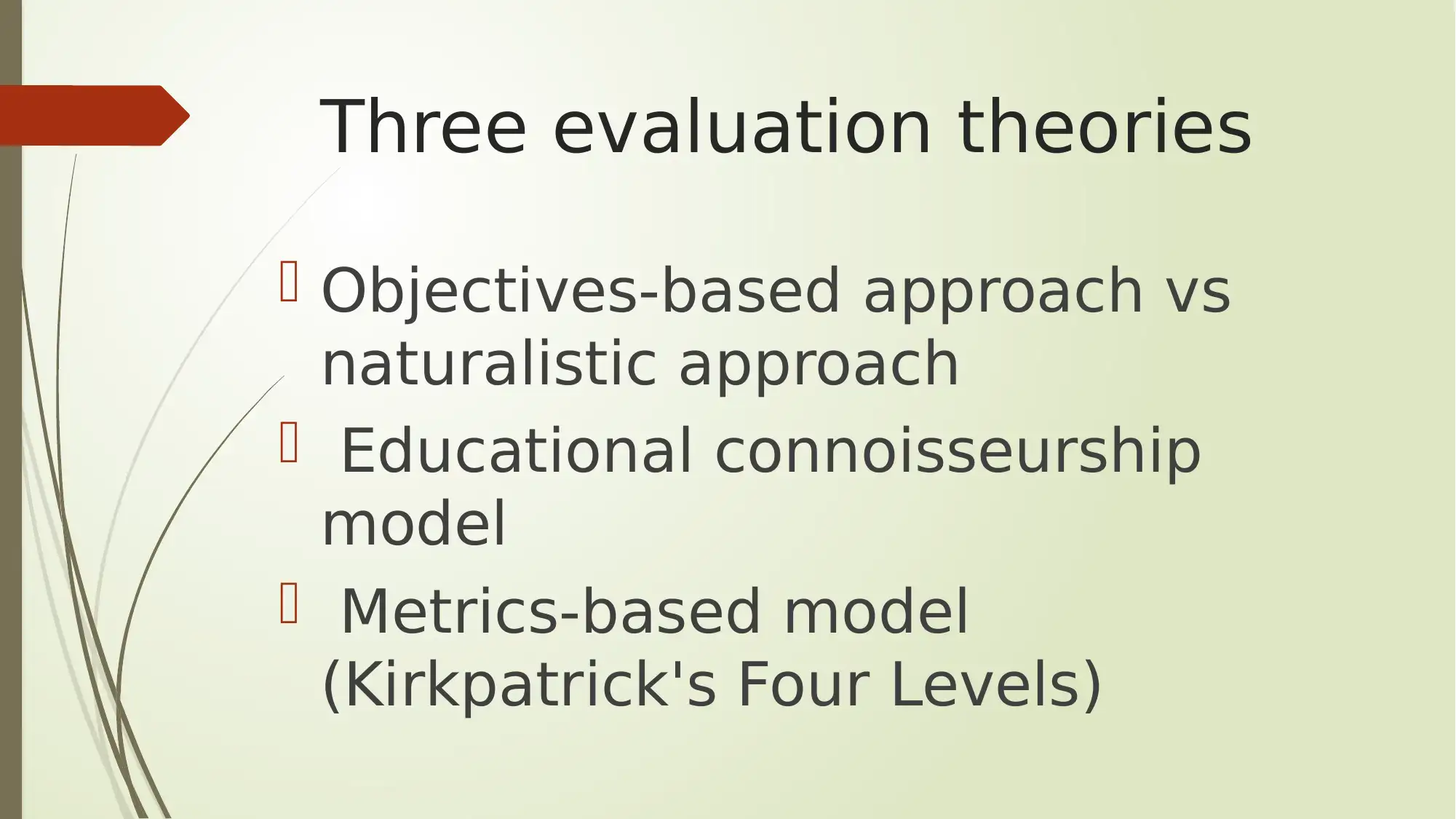
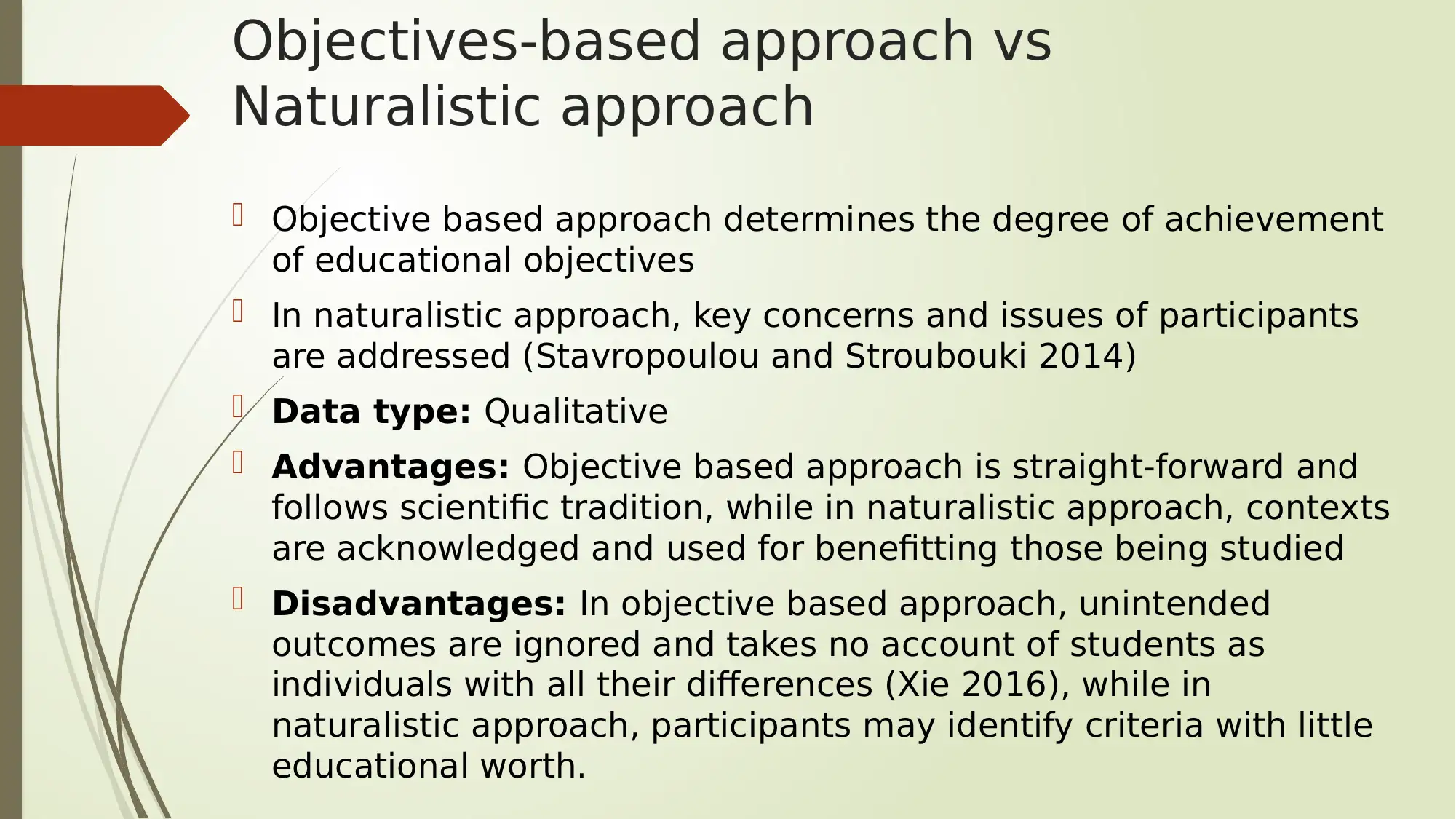






![[object Object]](/_next/static/media/star-bottom.7253800d.svg)